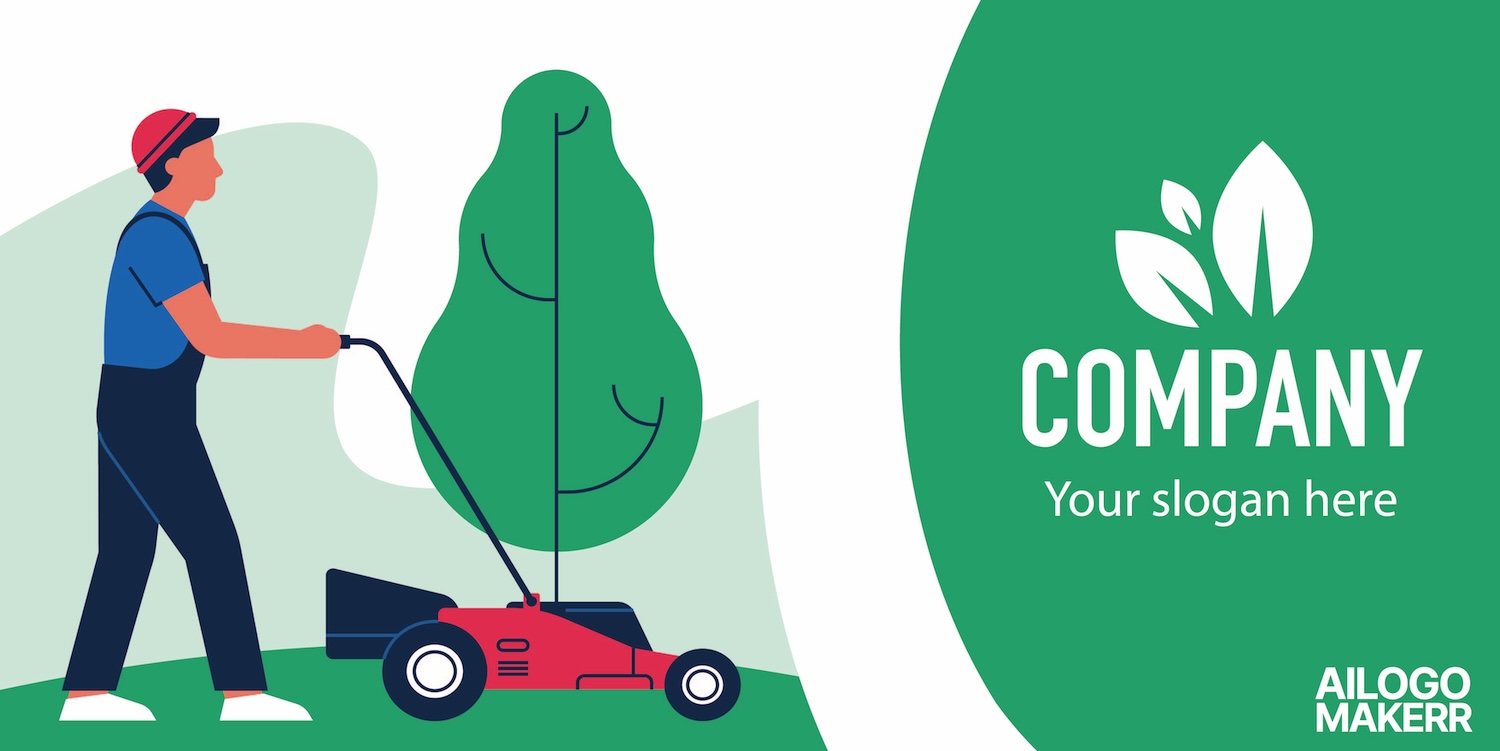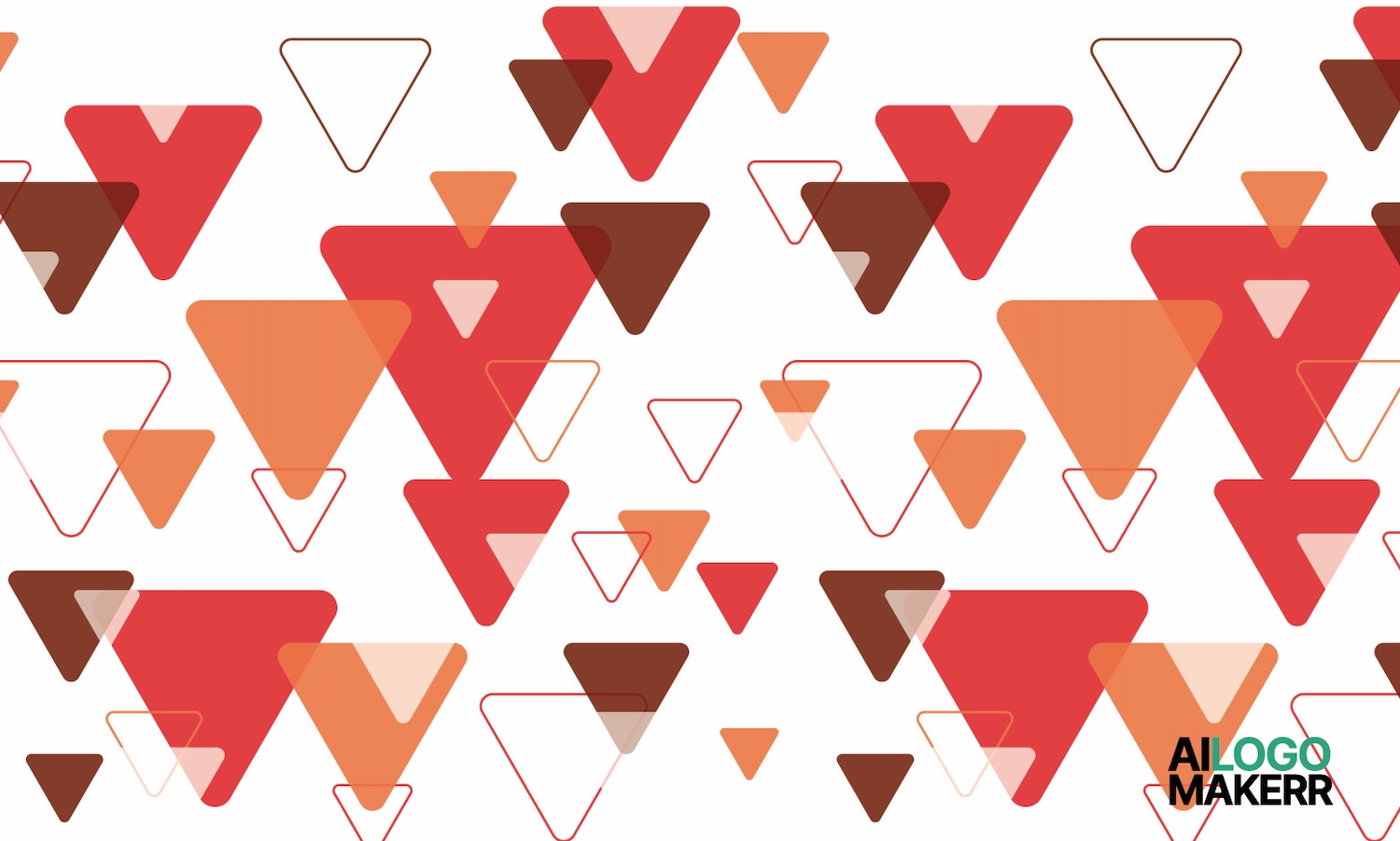In the modern world of design and branding, there are only a handful of brands that endure the test of time. These classic designs have definitely surpassed generations, establishing their relevance and brand identity in an ever-changing world. If you’re looking for an inspo to opt for on your logo-making journey, here are some of the oldest logos that continue their legacy up to this day. Take note that these familiar logo designs have been relevant far longer than you realize, so if you’re up for a challenge to do the same for your brand in the making, prepare to get schooled!
Levi Strauss & Co
The iconic batwing logo was first introduced 138 years ago! Since 1886, Levi has been a hallmark of the American denim industry. The logo boasts a dynamic design that features the iconic “batwing” shape carrying the company name alongside two horses. A great representation of Levi Strauss’ dedication to high quality in detail.

While it is evident that the old brand logo went through several iterations through the years, Levi’s distinct batwing shape somehow made a comeback and remains iconic to this day!
Talking about the timeless significance of these brands and their logos reveals a compelling appreciation of their legacy. If one looks through its visual appeal, these logos did more than dominate their respective industry, they also serve as cultural touchstones. Levi Strauss & Co.’s batwing logo is a testament to that. The brand’s logo becoming synonymous with the long-standing denim culture in America. The presence of their logo on millions of jeans is proof that Levi’s jeans had a significant role in shaping trends in the fashion industry for well over more than a century.
Twinings
Twinings, a crowd-favorite and popular tea brand holds the record of being the oldest logo in use of all time! With the brand’s debut way back in 1787, the brand continued to become as relevant as it was before for nearly 240 years. The elegant crest shows the Twinings family name, a sight recognized on millions of shelves across the globe. It goes to show how simplicity and elegance are always a safe bet!

The royal-looking embellishment on the logo made Twinings a symbol of superb tea craftsmanship. Going for a century-and-a-half-long journey of comforting tea lovers worldwide.
You gotta give it to Twinings for their consistency and unwavering decision to stick to their roots and revise their 236-year-old brand as subtly as possible. I mean, there’s not much to tinker with if it’s already perfect, right? Twinnings family brand really made it into the legendary classics by embodying the definition of the word itself!
Peugeot
The renowned lion emblem was first introduced in 1858. This iconic logo is the epitome of strength, automotive prowess, and durability which is what the brand is all about. Although Peugeot’s lion went through several iterations over the years, it still retains its original silhouette from its oldest logo, which makes it one of the most iconic old logos of all time.

Peugeot's lion emblem exudes strength, durability, and automotive prowess, reflecting the brand's engineering excellence and reputation for reliability. Additionally, nothing says “top-notch” more than a stamp of Peugeot’s iconic lion emblem! One can argue that the brand’s old logo has not been particularly used since its last revamp with the upright lion. But if you look closely, the logo still has the touch of its roots with how the lion’s head silhouette can still be recognized even in its most latest rendition. That’s on keeping up with modernity while preserving the legacy.
Nestle Products
1868 was the year Nestle’s iconic logo was introduced. The simple yet impactful design features a nest with a mother bird caring for its young which mimics the feeling of trust and reliability the brand has established for itself in the food and beverage industry. The timelessness of the logo reflects the brand’s commitment to quality and nourishment.

Nestle perfectly captured the exact imagery of nourishment and care with how the mother bird seems to deeply be in touch with her young.
But we all have the same question surrounding the logo evolution of the brand; what happened to the third little bird?
General Electric
General Electric was established in 1892 and its simple yet impactful logo is a testament to the company’s legacy of innovation. The interlaced letter “GE” symbolizes the connectedness of the brand despite the diversity of its electronic products. The same symbol still being relevant to this shows how forward-thinking the brand is. Not just in technology and engineering, but to their brand identity as well.
Just like most old logos that remain iconic, General Electric went through several visual updates. As you can see, the said updates were quite intricate!

Kidding aside, it was probably the best for general electric to not make major changes with its brand logo. Conquering an industry with a two-letter brand name sounds quite impressive! But packing the brand identity through the tiny logo using as few elements as possible? That’s probably something only General Electric can pull off!
To Sum it All Up
These old logos are the very reflection of excellence and innovation. It can easily be said that these design choices were purposefully done to echo the brand’s identity. The way these brands are extremely recognized and successful to date is a profound reminder of the power of how well-crafted logos transcend time and leave lasting impressions, not just for the generation it was crafted in, but onto the next ones too.
In conclusion, these century-old logos serve as enduring symbols of excellence, innovation, and heritage. They remind us of the power of design to transcend time and leave a lasting impression on the collective consciousness. As we continue to innovate and create. When building a logo of your own, you cannot go wrong with drawing inspiration from these venerable marks. Call it a form of honoring their legacy while forging new paths in the ever-evolving landscape of branding and design.





.svg)









